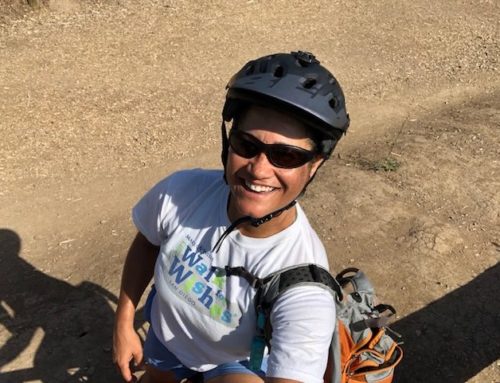Lately, it seems that I am surrounded by people who recently sustained an injury or are dealing with chronic injury. Many of these problems can be avoided simply by taking the time to warm up and stretch out. While stretching cold (stretching before the muscle is warmed up) may be better than not stretching at all, it is definitely not the most effective way to stretch. In order for the muscle to truly stretch, it needs to first be warmed up. For an example, it you are planning to go running, first begin by walking for about 3-5 minutes, then, once the muscles are warmed up, stop to stretch them before running.
Several different types of stretches exist, with the most common being static stretches. These are the ones that you are probably the most familiar with and begin by holding the stretch in relatively the same position for the duration of the stretch, which should span about 15-30 seconds. Another type of stretch is the dynamic stretch, which like the name implies, is a moving stretch. For an example, to perform a dynamic hamstring stretch, the leg swings upwards from the hip towards the ceiling, starting out low but moving higher with each repetition. These too, should span about 30 seconds in length. The last type is an isometric stretch, which starts out in a typical stretched position for the muscle you choose, followed by a muscular contraction of the same muscle. The contraction is held anywhere from 5-30 seconds, then the muscle is relaxed, with the intention of being able to move deeper into the stretch following the contraction.
While stretching is important to perform before exercising, it is even more important to do after, do to the fact that following stress put on the muscle (exercise), the muscle will tighten and shorten in length over time, if not stretched. This leads to tighter muscles, which in turn leads to susceptibility to injury. Stretching should always follow exercise, and if it is done following cardiovascular exercise, it should be done after the cool-down. Following resistance training of any type, a stretch should be performed for each muscle worked.
Taking the time to do proper warm-ups, cool-downs, and stretches may seem like an inconvenience at times, but a strained muscle will be much more of an inconvenience. Once you get into the routine of doing it, it will become second nature and you won’t even have to think about it. So remember, warm-up first, then stretch prior to both resistance training and cardiovascular exercise. And remember to stretch again after exercise. This will lessen your chance of injury as well as allow you to maximize your workouts!
Melissa Allen, BS, CPT, CES is a certified personal trainer, corrective exercise specialist and Medifast health coach, is the owner of the Optimum Condition Corrective Exercise & Performance Center, located in El Cajon, in the East County of San Diego. We specialize in customized fitness training and corrective exercise for both recreational athletes and post-rehab clients, as well as guaranteed weight loss programs or your money back. You can schedule a free consultation to help you get started. Please visit her website at OptimumCondition.org.





